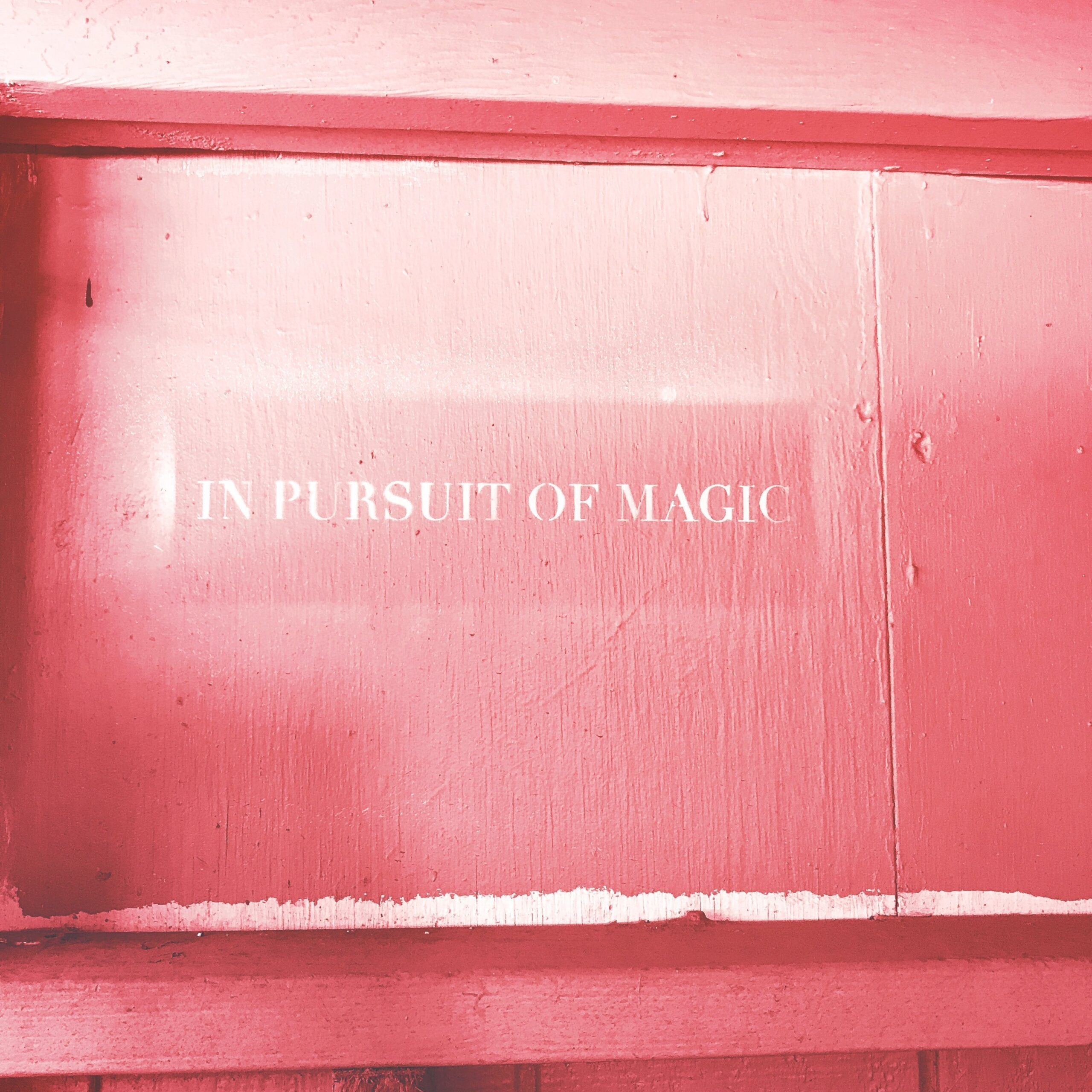Tips and Tricks for Effective Copywriting
Whether it’s a blog post, press release, claim or Insta-post – every diligent writer knows this problem: The text is ready, but somehow the spark doesn’t quite want to jump. Something is missing. Fortunately, the written language offers a veritable treasure trove of stylistic devices and tricks to make texts more lively and interesting. So pencils and ears sharpened, here comes our checklist for beautiful texts:

Basics-Check: Kill your Darlings
The first hurdle has been cleared and the draft is ready. But before it’s time for a pat on the back, copywriters should take another critical look. The first step is to check the basics. Who is the text written for? Is the language understandable for the target group? And what about the length? The credo for good texts is always: as short as possible, as long as necessary. Tapeworm sentences are also a no-go. Instead, a mix of short and somewhat longer sentences ensures a good reading flow.
The structure of the text should also be directly recognizable. Can paragraphs or subheadings be added to make the statements clearer? Last but not least, the first correction should also take another look at the choice of words. In most cases, foreign words and technical terms can be replaced by understandable alternatives, and duplications can be exchanged for interesting synonyms. And the hardest part: delete filler words! As much as it hurts to eliminate all the cherished phrase fillers, it does the text good in the end. It really does.
Fine Tuning: Bringing the text to life
Once the structure and form are in place, the work is comprehensible, and the writer is satisfied, it’s time for the finishing touches. This is where a boring desert of a text becomes a reading experience. Unless, of course, the draft at hand is to remain a neutral factual text, the pen now becomes a magic wand that breathes life into one’s own words. The main focus here is on formulations that appeal to the reader’s senses. The reader should not just read the text, but become part of the story. A few tips and tricks:
Use concrete terms instead of generalities: Protagonists eat tiramisu instead of just a dessert, they drive a silver VW Golf instead of a compact car, and they may live in the old half-timbered house at the end of the street instead of just an apartment building.
Describing plastic details: The tart-sweet taste of the airy mascarpone cream was still on her tongue when she slammed the squeaky car door behind her and dropped into the spring-loaded seats.
Use active, speaking verbs that you can hear, feel, or taste: The front door crashed into the lock and the steps creaked in time with her footsteps. The sudden light in the apartment almost burned her eyes.
Instead of hackneyed terms and phrases, it is better to look for “unheard” or unexpected formulations: Home for her was not simply where the heart is. Home was her own personal comfort zone, her charging station and her creativity hotbed – her coffee in the morning and her goodnight kiss in the evening.
Incorporate figurative stylistic devices such as metaphors, alliteration, or personification: Late at night, as the moon gazes with watchful eyes over the city, a sea of thoughts opens up to her. Her pen flies across the paper until the dull twilight carries the first rays of sunlight through her window.
To bring a text to life, not every sentence has to be bursting with figurative language. It is often enough to make individual phrases a bit more tangible to carry the reader along. Garnish it with a few facts and figures for credibility and you’ll have a beautiful piece of work for any purpose in no time at all. Have fun writing!
Share this article








